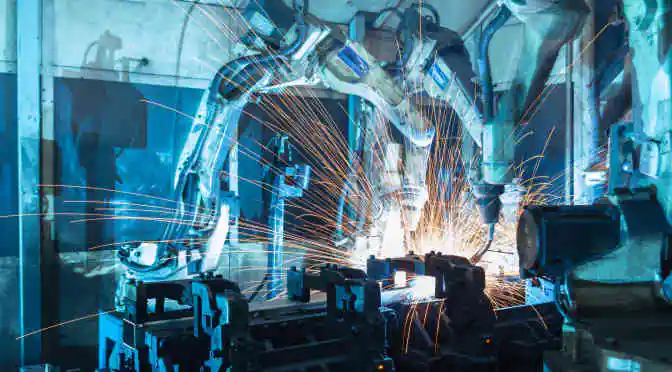Construction is a surprisingly volatile industry. A lot of money changes hands, and bribery is high, especially in emerging economies with large-scale building activities and less stringent laws.
The high revenue in the industry, mixed with pressure to do more with less, lack of awareness of whistleblowing policies, and even a general acceptance that corruption is just part of construction all exacerbate the issue.
The focal point for a lot of this illicit activity is concrete and cement—a market that was worth $631.3 billion in 2015 and is expected to reach $921.3 billion in 2020.
While everyday language treats concrete and cement like synonyms, they are actually quite different. Concrete is a composite of water, aggregate, and cement, while cement itself is a fine powder of minerals and limestone, which binds concrete together.
The quality of concrete often comes down to its cement content, and herein lies the issue with corruption in the construction industry: Cutting corners often translates to lower cement content, which can have disastrous effects.
Take the devastating earthquake in Haiti in 2010, for instance.
Just a few weeks after the disaster, Chile experienced an 8.8-magnitude earthquake—in terms of energy released, this was about 500 times more powerful than the 7.0-magnitude quake that hit Haiti—and yet Chile suffered only a very small fraction of the casualties as Haiti.
So why did Haiti suffer so badly? In the years following the quake, media, politicians and NGOs alike started suggesting that Haiti was not so much a natural disaster, as a man-made one.
Reporting on the aftermath of the earthquake for the Washington Post, William Booth writes that, “international engineers inspecting buildings in the rubble-strewn capital have found that houses and offices in Haiti suffered catastrophic damage mainly because they were poorly constructed — made with a weak cement and lacking proper steel reinforcements, in a country where the government never enforced building codes.”
And Haiti is hardly the only country where corruption and cost-cutting have resulted in weak infrastructure. However, many countries with booming constructing industries are also seeing a rise in corruption inquiries, in an effort to stymie the problem. China, Russia, Mexico, Brazil, and Guatemala have all seen highly ranked politicians investigated and even removed because of corruption related to construction projects.
But will investigations, and even more decisive action be enough to fix such a lucrative yet widely unregulated market? Probably not.
However, there is a bright side, especially when it comes to the concrete and cement side of things. A lot of research and development is being put into creating stronger, cheaper, and more eco-friendly building materials. Introducing technology like nanotech and even recycled plastics into concrete and cement production could go a long ways towards curbing the corruption problem in construction.



